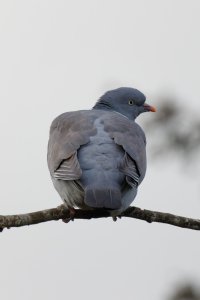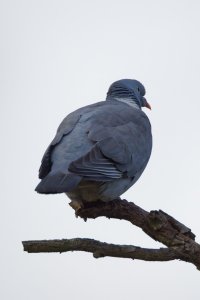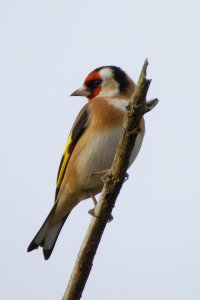Sorry, but how is that at all relevant to pictures of a distant bird taken with two relatively narrow-aperture lenses? It's like you're saying @AlanF is also relying on the law of gravity to prevent the photographer, camera, lens and bird from floating away. It's true, but totally irrelevant to the discussion.Typically in photography this difference is negligible in practice, but it might be noticeable, for example, in microphotography using fast lenses and in near-field photography using lens arrays. Also, there is a similar (but not exactly the same) effect in the corners of ultrawide rectilinear lenses.
Upvote
0



